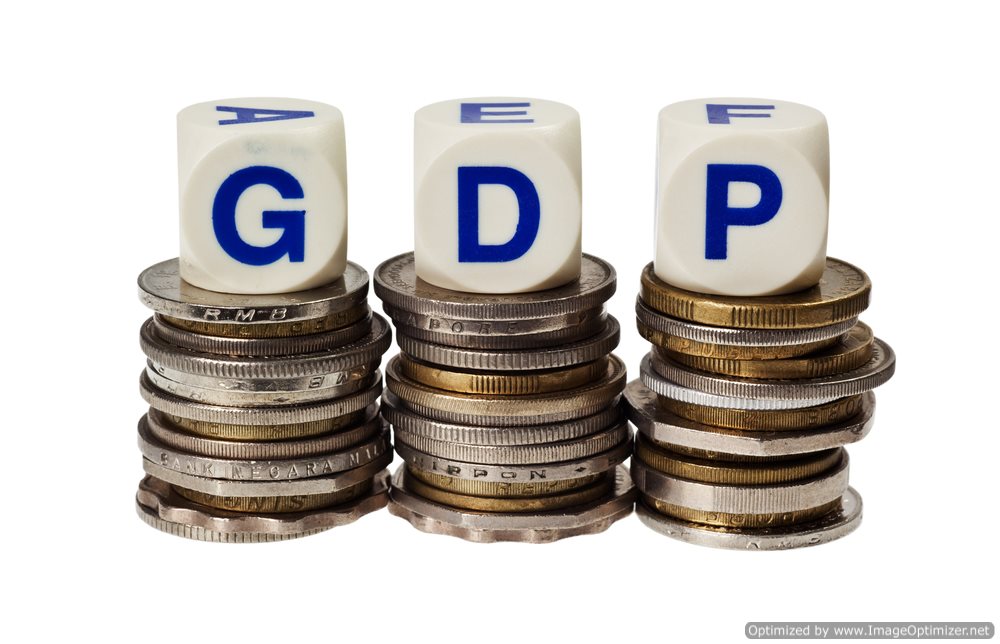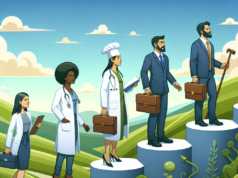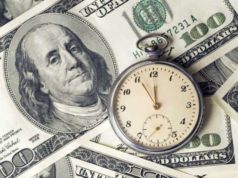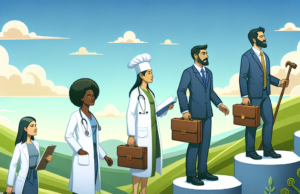
Gross Domestic Product (GDP) is a crucial economic indicator that measures the value of goods and services produced within a country’s borders over a certain period. The growth or decline of GDP reflects the performance of the national economy. When GDP grows, it indicates robust economic activity, which can have a significant impact on employment. In this article, we will explore the relationship between GDP growth and employment and understand the reasons why a growing GDP can lead to more job opportunities.
GDP Growth and Employment: The Relationship
GDP growth has a direct and positive impact on employment. When the economy grows, businesses expand and create more job positions to meet the growing demand for goods and services. As companies grow, they require additional labor to meet production targets, sales, and service demands. They hire and invest in new technologies and equipment to increase productivity, leading to an uptick in employment. Hence, a growing GDP generally means more job opportunities and a lower rate of unemployment.
Factors that drive GDP growth and employment
Various factors drive GDP growth and employment. Here are a few essential ones:
Consumer spending: Consumer spending is an essential driver of GDP growth. When consumers spend their money on goods and services, it creates demand for those products, which, in turn, creates a need for companies to increase production and hire more workers.
Investment: Investment in business expansion, new technologies, and capital goods is another key driver of economic growth and employment. When businesses invest in new and innovative technologies, it leads to increased productivity, which creates jobs.
Government spending: Government spending on infrastructure, education, and healthcare can also drive GDP growth and employment. Such spending not only creates jobs, but it can also improve the overall quality of life for individuals, leading to increased consumer spending and business investment in response.
International trade: International trade can positively impact GDP and employment, particularly through export-oriented industries. The export of goods and services can drive economic growth and employment as companies work to meet the increasing demand for their products.
Effects of GDP growth on employment
One of the primary effects of GDP growth on employment is that it can lead to job creation. When businesses experience increased consumer spending, investment, government spending, and export demand, they expand and require more labor. This can create new job opportunities for individuals, particularly in high-growth sectors such as technology, healthcare, and infrastructure. The resulting job growth also leads to increased consumer spending, which further boosts GDP growth, creating a virtuous cycle.
Another effect of GDP growth on employment is that it can lead to higher wages. As businesses expand, they compete for labor, leading to higher wages and improved working conditions. This can help reduce income inequality and improve social outcomes. Higher wages can also lead to greater consumer spending, which further enhances GDP growth and job creation.
Furthermore, GDP growth can also lead to reduced unemployment rates. As job opportunities become available, individuals who were previously unemployed can access new employment opportunities and improve their living standards. This increase in employment can reduce poverty and increase access to higher-paying jobs, which ultimately benefits the economy at large.
Conclusion
GDP growth is a vital indicator of economic performance that can have significant impacts on employment. A growing GDP generally indicates business expansion, investment, government spending, and increased consumer demand, all of which can lead to job creation and wage growth. As a result, unemployment rates can also decrease. However, it is worth noting that high growth periods can also create challenges such as inflation, which can also affect employment levels. Businesses need to respond appropriately to changing economic conditions and factors that drive GDP growth. This includes investing in innovation, focusing on new technologies, embracing international trade, and adapting to evolving market conditions. By doing so, businesses can position themselves to be successful in an increasingly competitive and dynamic economy and create more employment opportunities for individuals.
The United States Commerce Department announced on Thursday that the economy grew at a 2.5 percent annualized pace in the third quarter of this year. Considering the majority of economists forecast a double-dip recession, even modest growth sparks a sense of optimism. However, 2.5 percent growth will not bring us back to full employment anytime soon. So the question remains, how much growth is needed to achieve full employment?
In short, a lot more. In August of this year, the Congressional Budget Office released a revised GDP forecast, which projected that the economy would enjoy a steady 3.6% growth between 2013 and 2016.
If we grow at a more sluggish rate than the Office forecasts, the employment gap will not be closed until at least 2025. If the economy starts growing a rate of 3 percent annually, we’ll close the output gap by approximately 2020. If, instead, our economy chugs along at its current rate (2.5%) the U.S. will stay below its potential for decades. In this bleak forecast, unemployment, in all likelihood, will remain high. In short, although today’s GDP growth is promising; the economy needs a bigger spark to get us back to healthy employment figures.























